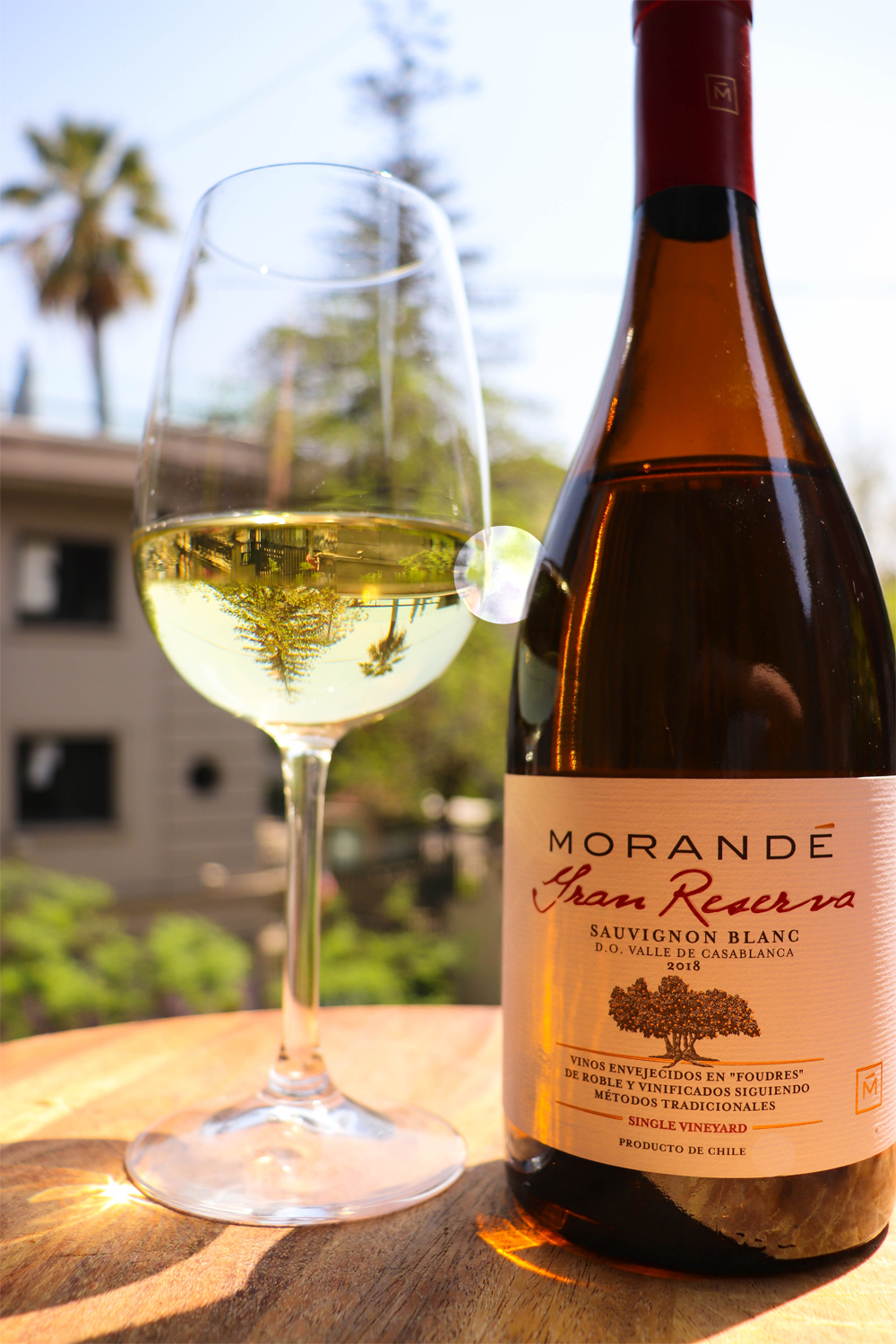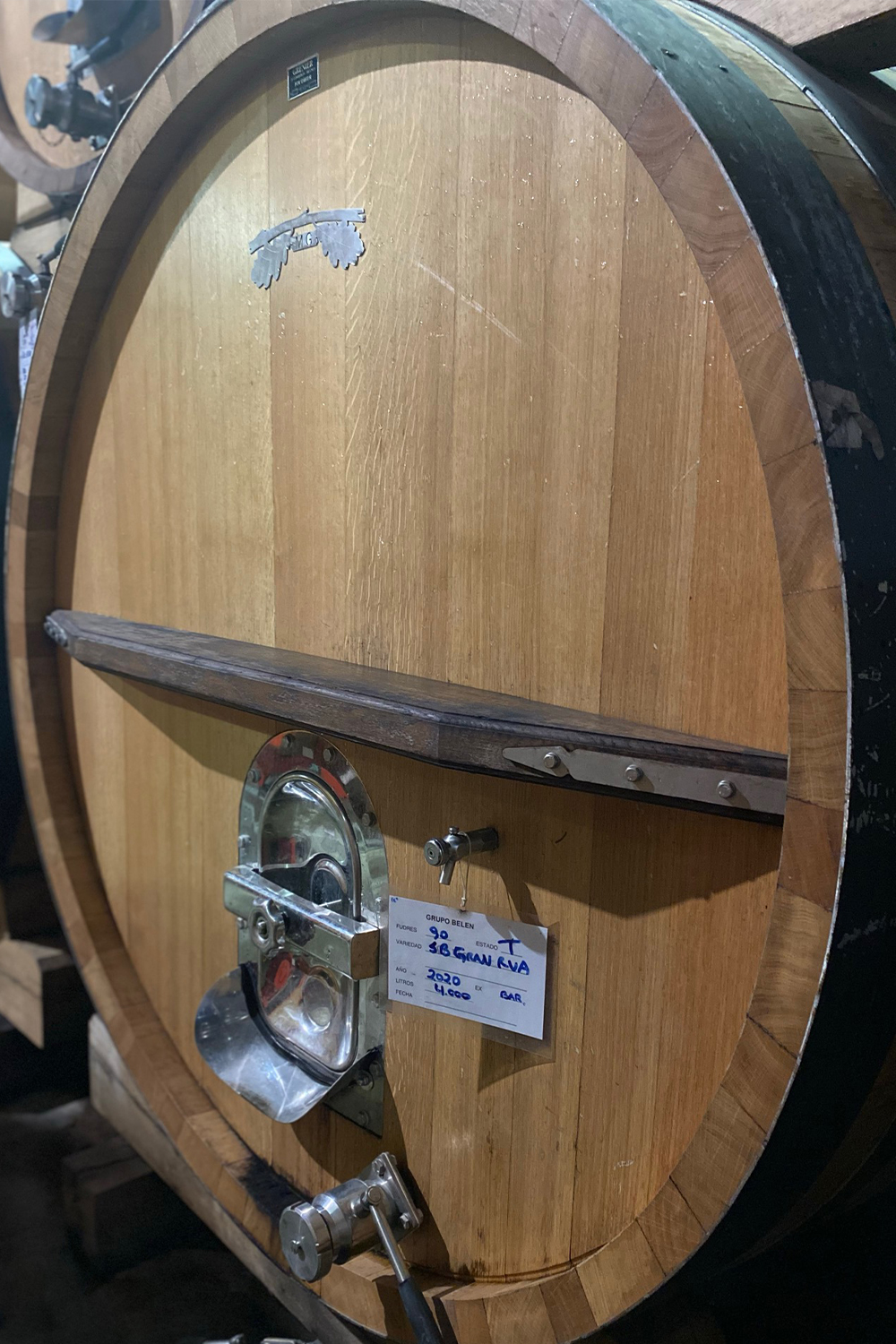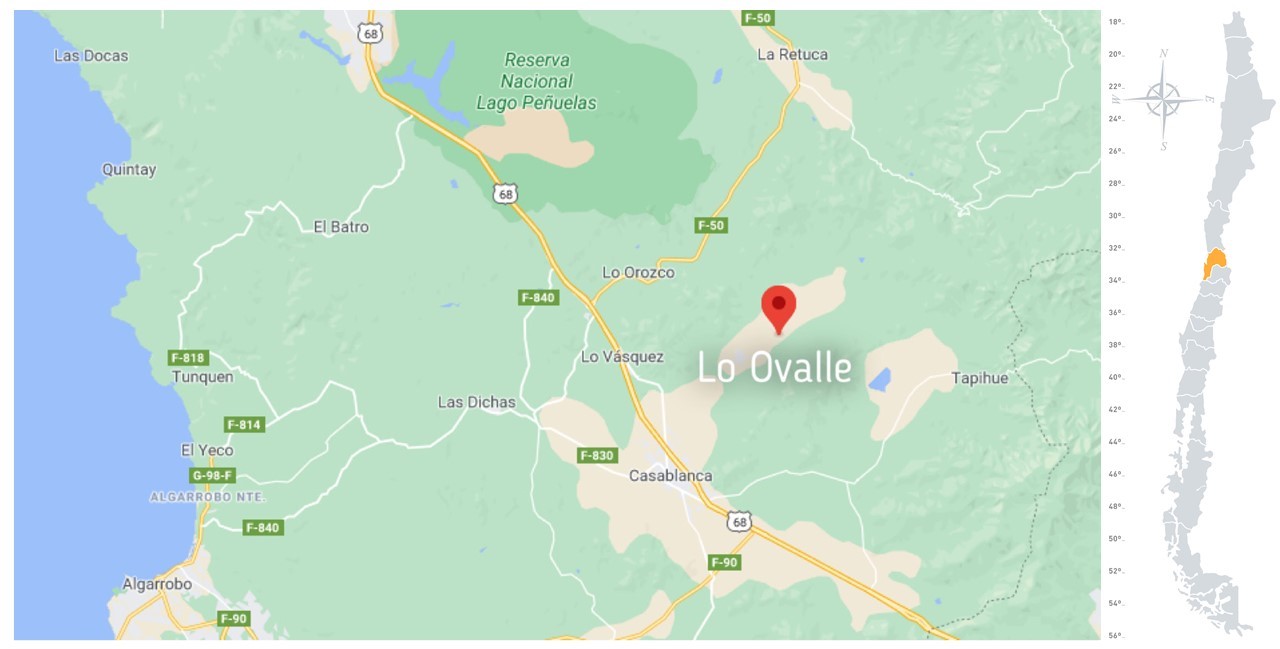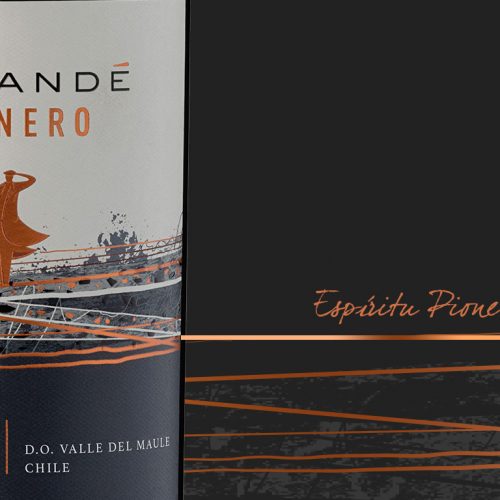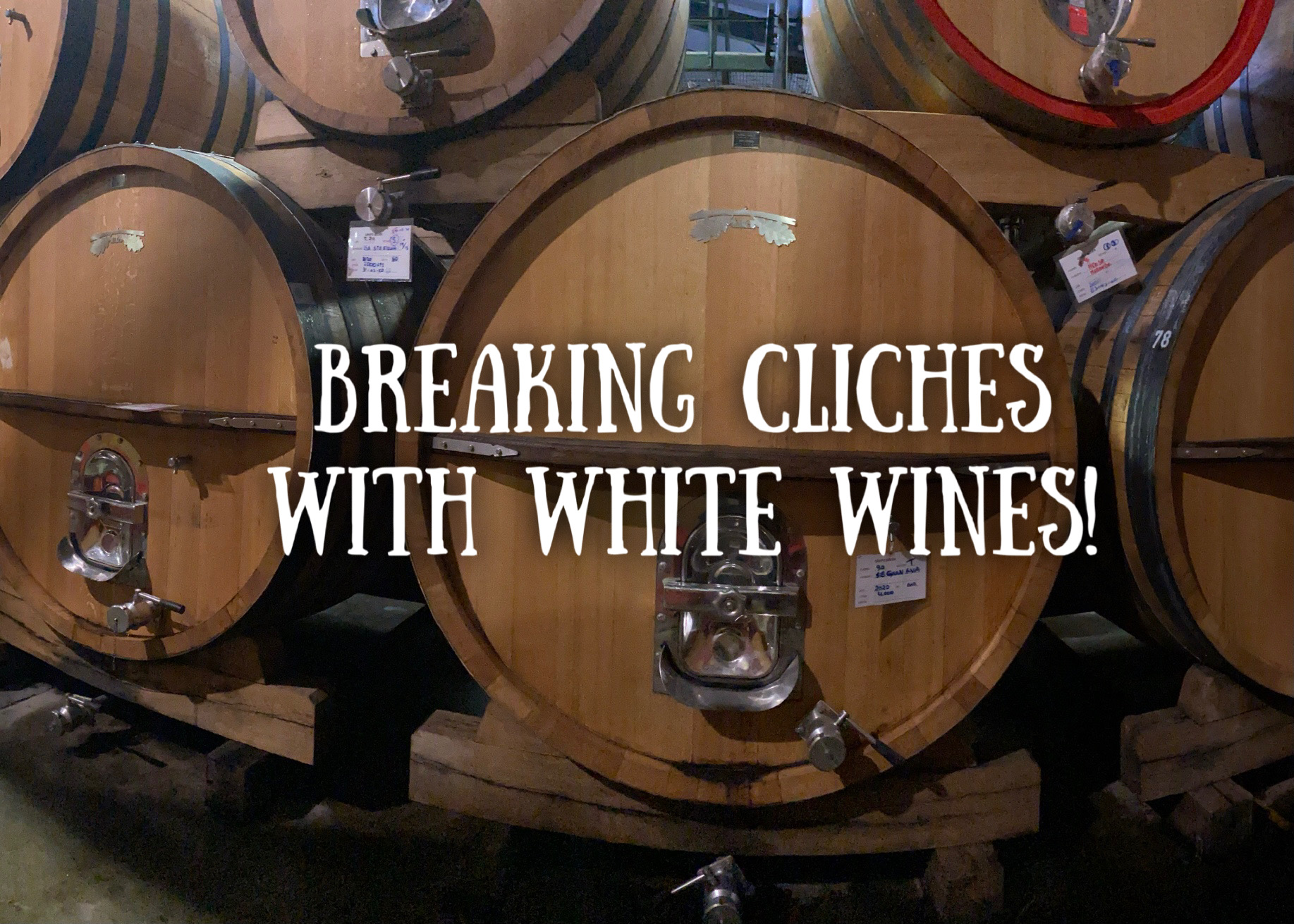
28 Ene Breaking Cliches
.
In the last 20 years, Sauvignon Blanc has reached an outstanding distribution worldwide. Especially since the irruption of the very aromatic wines from New Zealand, a country that has turned this variety into its flagship since it is, by far, its biggest producer. The cold and dry climate that prevails in the country’s viticultural areas has allowed it to dominate the markets with a particular type of Sauvignon Blanc. And Chile is currently offering a similar style at reasonable prices. The herbaceous aromas that sometimes remind of asparagus, originate in areas or vintages that are excessively cold. These swings from peaches to mulberry to what the English call gooseberry, through to passion fruit and boxwood. In Chile, we tend to describe them as cut grass, horse sweat, cat’s pee, and, more to my taste, green chili, tomato leaf, grapefruit, and elderberry.
The aromas of Sauvignon Blanc originate in four molecules, but it is the so called 4 MMP (4 Mercapto-4 Methyl Pentan – 2 Ona), in addition to A3MH and 3MH that give it that intense, delicious and so characteristic aroma.
However, these molecules are highly volatile and get quickly and easily lost over time and high temperatures. Somehow this originated the cliché that indicates that the wines of this variety must be consumed young and without aging in wood, as it would hide these aromatic molecules.
But since variation is the key to taste, and Sauvignon Blanc is not a newborn grape but several centuries old, the last word is yet to be said. It is still a mystery whether it was born in Bordeaux or in the Loire, regions where it is possible to find its most “timid” and aromatically austere exponents. But since “less is more” in exchange for overwhelming aromatic power, here you find elegance, volume, and freshness on the palate.
I believe the wines originated in Pouilly-Fumé and Sancerre represent the best of this variety, with more fruity than herbaceous notes. These wines show outstanding minerality and gunpowder notes, especially when the vines are planted on silex or flinty soils. Besides, many of them ferment in wooden tanks without losing that character. In other words, they are less impressive but more pleasant.
With this in mind, and as of 2008, Viña Morandé decided to make a more gastronomic Sauvignon Blancs, a wine with aging potential that didn’t need to be drunk the same year of its production. Even more: a wine that would gain quality when kept in the cellar. We were willing to sacrifice a little bit of aroma to gain volume and mouthfeel.
To make this wine we selected a plot of our oldest vineyard located in the cold sector of Lo Ovalle in Casablanca. The turbidity of the fermented juice provided us with the fine lees that increased its volume. It thus showed a French austerity on the nose, but at the same time, the typically fruity exuberance of the New World. We fermented a part of it in French oak foudres and the rest in cement eggs. Temperatures were slightly higher than usual for an impact style, but the result was our Gran Reserva, a wine that combines the benefits of this variety, taking it to higher levels of complexity and elegance.
Ricardo Baettig
Winemaker at Viña Morandé

